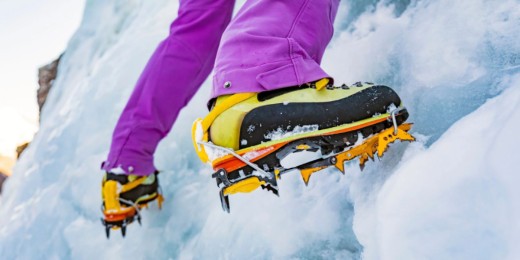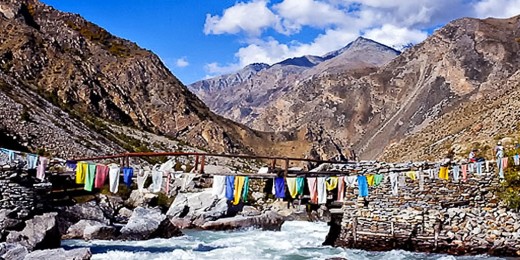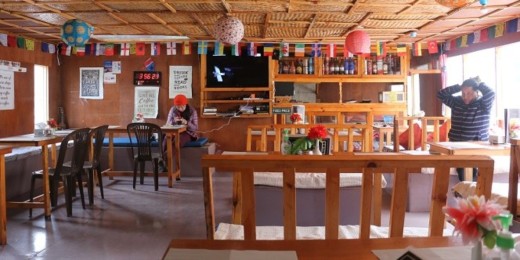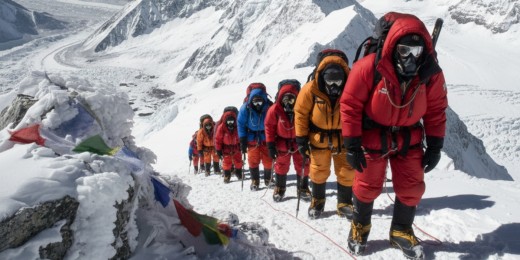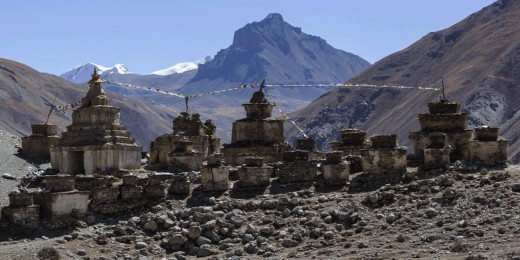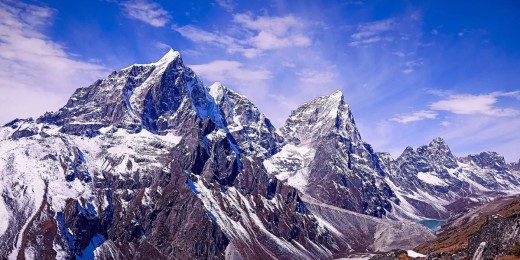Is a One-Week Everest Base Camp Trek Achievable?
-1757321176.jpg)
Everest Base Camp Trek: Your Complete Guide to the Iconic Himalayan Adventure
For many adventure seekers and mountain enthusiasts, standing at the foot of Mount Everest is a lifelong dream. Trekking to Everest Base Camp (EBC) offers the perfect combination of breathtaking Himalayan scenery, cultural immersion, and a sense of personal achievement. But is this legendary trek suitable for everyone? How challenging is it, and what should you know before setting off?
As an experienced Himalayan trekker, I can guide you through everything you need to know about the Everest Base Camp trek, including who can attempt it, preparation tips, itinerary suggestions, and what to expect along the way.
Understanding the Everest Base Camp Trek
The Everest Base Camp trek is one of the most famous trekking routes in the world. Traditionally, it takes 12–14 days, covering approximately 130–140 kilometers round trip from Lukla, the starting point, and reaching an altitude of 5,364 meters at base camp.
Unlike Annapurna Base Camp, EBC involves higher altitudes, requiring careful acclimatization and preparation. Trekkers experience dramatic mountain vistas, alpine forests, suspension bridges over roaring rivers, and visits to Sherpa villages rich in culture and traditions.
The trek offers unparalleled views of peaks such as Ama Dablam, Lhotse, Nuptse, and of course, Mount Everest itself, making every step toward base camp a remarkable journey.
Who Can Attempt the Everest Base Camp Trek?
The EBC trek is suitable for:
- Physically Fit Trekkers: Individuals who can handle 6–8 hours of trekking daily over multiple days at high altitude.
- Moderate to Experienced Hikers: While beginners can attempt it, prior trekking experience and preparation are highly recommended.
- Adventure Seekers Ready for Altitude: The maximum elevation is 5,364 meters, so trekkers must be prepared for thinner air and potential altitude effects.
- Motivated Travelers: A positive mindset and determination are essential, as some days are long and physically demanding.
Travelers with heart or respiratory conditions, severe joint issues, or poor fitness levels should consult a physician before attempting the trek.
Planning Your Everest Base Camp Trek
Here is a realistic itinerary for the traditional trek:
Day 1 – Arrival in Kathmandu
Spend a day preparing permits, trekking gear, and acclimatizing to Nepal.
Day 2 – Fly to Lukla and Trek to Phakding
A thrilling flight from Kathmandu to Lukla marks the beginning of the adventure. Trek 3–4 hours to Phakding, passing through forests and small villages.
Day 3 – Phakding to Namche Bazaar
A challenging day involves crossing suspension bridges and gradual climbs through Sagarmatha National Park, culminating at Namche Bazaar, the main Sherpa town.
Day 4 – Acclimatization in Namche Bazaar
Spend the day exploring Namche, hiking to nearby viewpoints, and preparing your body for higher altitudes. Acclimatization is essential to prevent altitude sickness.
Day 5 – Namche Bazaar to Tengboche
Trek through rhododendron forests and past Mani walls to reach Tengboche, home to the famous Tengboche Monastery. Stunning views of Ama Dablam reward your effort.
Day 6 – Tengboche to Dingboche
Continue through beautiful valleys and high-altitude settlements, reaching Dingboche. The elevation increases, so take it slow and stay hydrated.
Day 7 – Acclimatization in Dingboche
Another acclimatization day is vital. Optional hikes to nearby hills help your body adapt to high altitudes.
Day 8 – Dingboche to Lobuche
Trek past memorials and glacial terrain, approaching the high-altitude village of Lobuche.
Day 9 – Lobuche to Gorak Shep and Everest Base Camp
Reach Gorak Shep, leave your heavy gear, and continue trekking to Everest Base Camp. Spend time at base camp soaking in the monumental views before returning to Gorak Shep.
Day 10 – Hike Kala Patthar and Return to Pheriche
Wake up early for the Kala Patthar sunrise hike at 5,545 meters, offering the best panoramic views of Everest. Descend to Pheriche for the night.
Day 11–13 – Return Trek to Lukla
Retrace your steps through Dingboche, Tengboche, and Namche Bazaar, enjoying the landscape from a different perspective.
Day 14 – Fly Back to Kathmandu
A short flight back to Kathmandu marks the end of the trek, leaving memories to last a lifetime.
Important Notes and Guidelines
- Acclimatization is Crucial: Altitude sickness can be serious above 3,500 meters. Ascend slowly, take rest days, and stay hydrated. Consider carrying Diamox if prescribed by a doctor.
- Fitness Preparation: Train at least 4–6 weeks before the trek with cardio exercises, stair climbing, and long walks carrying a backpack. Strong legs and endurance make the trek safer and more enjoyable.
- Packing Essentials: Carry layered clothing for varying temperatures, trekking boots, warm sleeping gear, trekking poles, gloves, hats, sunscreen, and reusable water bottles.
- Hiring Guides and Porters: Local guides provide safety, route knowledge, and cultural insights. Porters can carry heavy loads, making the trek less physically taxing.
- Food and Accommodation: Tea houses provide simple meals and lodging. Expect basic facilities at higher elevations. Carry extra cash as ATMs are limited in remote villages.
- Travel Permits: Required permits include Sagarmatha National Park Entry Permit and TIMS (Trekkers’ Information Management System) card.
- Weather Considerations: The best trekking seasons are pre-monsoon (March–May) and post-monsoon (September–November). Avoid monsoon season due to slippery trails and poor visibility.
Emotional and Experiential Rewards
Trekking to Everest Base Camp is not just about physical achievement. Every day offers spectacular landscapes, from dense rhododendron forests to icy glacial moraines. Staying in Sherpa villages allows intimate encounters with local culture, monasteries, and traditional cuisine.
Reaching Everest Base Camp evokes emotions that are hard to describe. Standing at the foot of the world’s highest mountain, you experience a mix of awe, humility, and accomplishment. The sunrise from Kala Patthar is unforgettable, offering a panoramic view of Everest, Nuptse, and Lhotse, a view that leaves trekkers forever changed.
Who Should Consider the Trek
The Everest Base Camp trek is ideal for:
- Trekkers with moderate to good fitness.
- Adventure seekers who want high-altitude experience without technical climbing.
- Travelers prepared for long treks, variable weather, and basic accommodations.
This trek is not recommended for individuals with severe health issues, extreme fear of heights, or poor fitness. Safety should always be prioritized.
The Everest Base Camp trek is a once-in-a-lifetime experience that combines natural beauty, cultural richness, and personal achievement. While it is challenging due to high altitude and long trekking days, proper planning, fitness preparation, and awareness of safety guidelines make it an achievable goal for prepared trekkers.
Whether you trek to EBC for adventure, personal challenge, or to witness the majesty of the Himalayas, the journey leaves an indelible mark on your mind, body, and soul. This trek is proof that with determination, preparation, and respect for nature, extraordinary experiences are possible.

